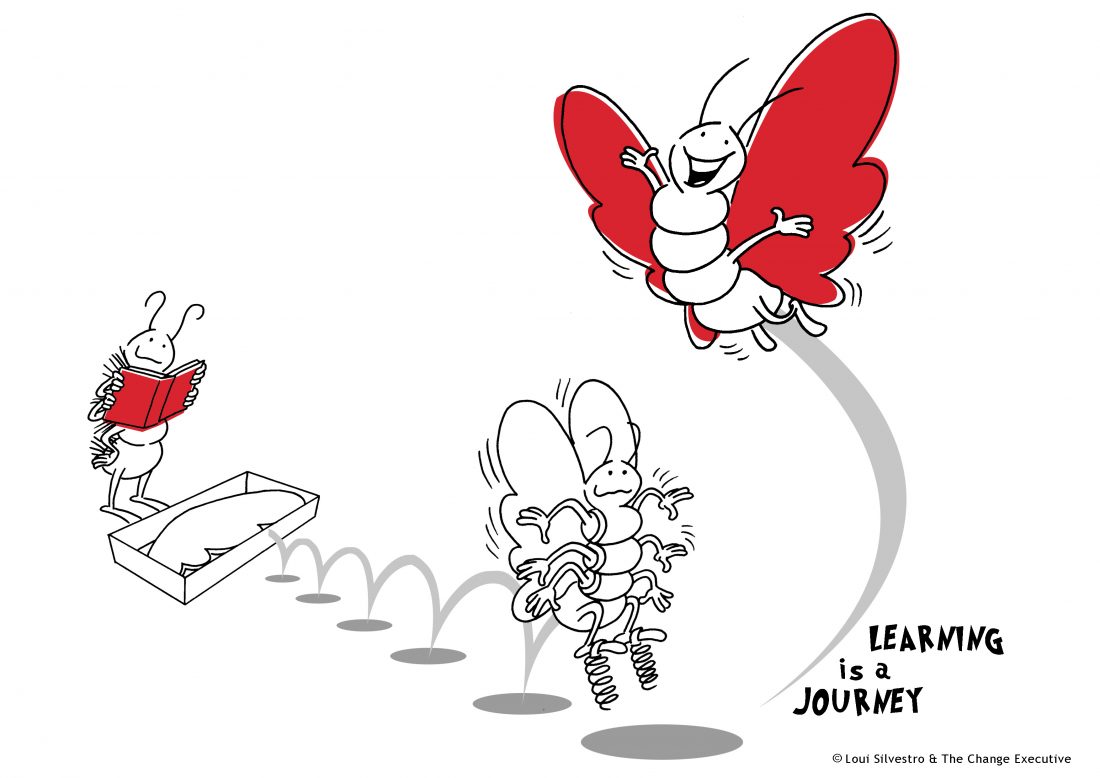By transforming from a caterpillar into a butterfly, Pasco stands for freeing your potential. He embodies our philosophy: he’s a constant reminder that we’re always learning, growing and changing, and that we all need creativity – a vital force for finding the balance we need to enact change. He also symbolises the three key ingredients to a successful change conversation: Humour, Stories and Culture. Here’s how Pasco brings them to the room: Humour Pasco knows the power of Humour to shift our perspective. It lets us see otherwise overwhelming situations in a less threatening and more realistic light.
Laughter is also contagious: it connects people together and increases happiness, triggering healthy physical changes in the body. These include strengthening the immune system, boosting energy, diminishing pain, and protecting us from the damaging effects of stress.
That’s why Pasco is always here to bring a laugh and a smile, whenever we have a conversation – or present you with articles like this. Stories Pasco also knows the power of Stories to change our attitudes, beliefs and behaviours. They help us take in new information, and remind us of our shared humanity.
Stories also trigger our brain’s imagination muscle, which is why great change leaders have always communicated in metaphors and parables – rich in memorable imagery that can help us ‘see’ the change in our mind’s eye. That’s why Pasco is here to help us tell your story – as part of the conversation we facilitate on the day. Culture Lastly, Pasco knows the power of Culture, and how important symbols are in cultivating it. Because he himself is a potent symbol of change – one of the most vibrant transformations known to nature: the transition from caterpillar to butterfly.
Pasco symbolises what all organisations have in common. He rises above the limits of nation, language, age race and gender. Anyone, anywhere, can identify with his change.
And that’s why we Pasco and other cartoons are all part of our innovative process called Cultural Storyboarding™. It’s designed to draw your thoughts together while we explore your culture and prepare you for the changes to come.
Are you ready for change?
Every member of every organisation is a caterpillar at heart, with all the potential in the world. If it’s your turn to change, talk to The Change Executive – and set your caterpillar free.




